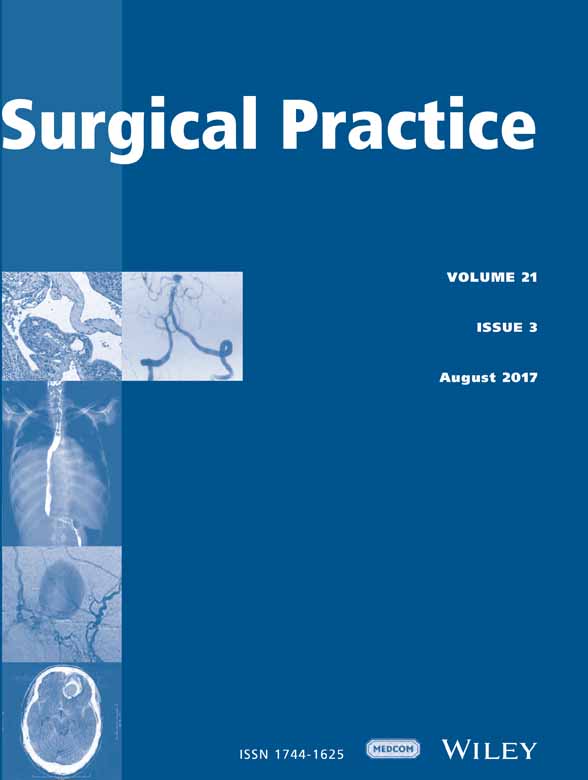Single-centre experience with perioperative use of hypothermic fibrillatory arrest without aortic occlusion in left ventricular aneurysm resection concomitant with on-pump coronary artery bypass grafting
Abstract
Aim
Hypothermic fibrillatory arrest (HFA) without aortic occlusion has been long used for preserving the myocardium in cardiac surgery. The aim of the present study was to evaluate whether HFA can affect clinical outcomes in patients undergoing left ventricular aneurysm (LVA) resection concomitant with on-pump coronary artery bypass grafting (CABG).
Patients and methods
From March 2005 to November 2012, 11 men and one woman (mean age: 53 ± 7 years) were subjected to LVA resection and subsequent on-pump CABG during HFA. Primary indications for operation were angina pectoris (unstable angina in 7), congestive heart failure in four and ventricular arrhythmias in three. The mean New York Heart Association Class was 2.8. The mean left ventricular ejection fraction (LVEF) was 0.34 ± 0.05.
Results
Five patients had linear closure, and seven had left ventricular reconstruction. Coronary surgery was performed in all patients, with an average of 2.3 grafts/patient. The mean duration of cardiopulmonary bypass was 97 ± 38 min, and the mean ventilation time was 21 ± 15 h. The mean postoperative LVEF was 0.41 ± 0.08. The overall hospital mortality rate was zero. No patient had died when followed up 8–24 months’ postoperatively.
Conclusion
HFA is a safe and effective technique in the procedure of LVA resection concomitant with on-pump CABG. Low hospital mortality, improved cardiac function status and survival are potential advantages.




